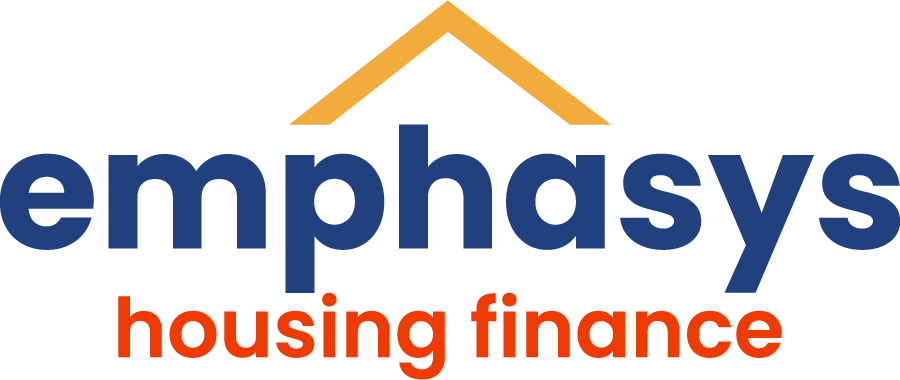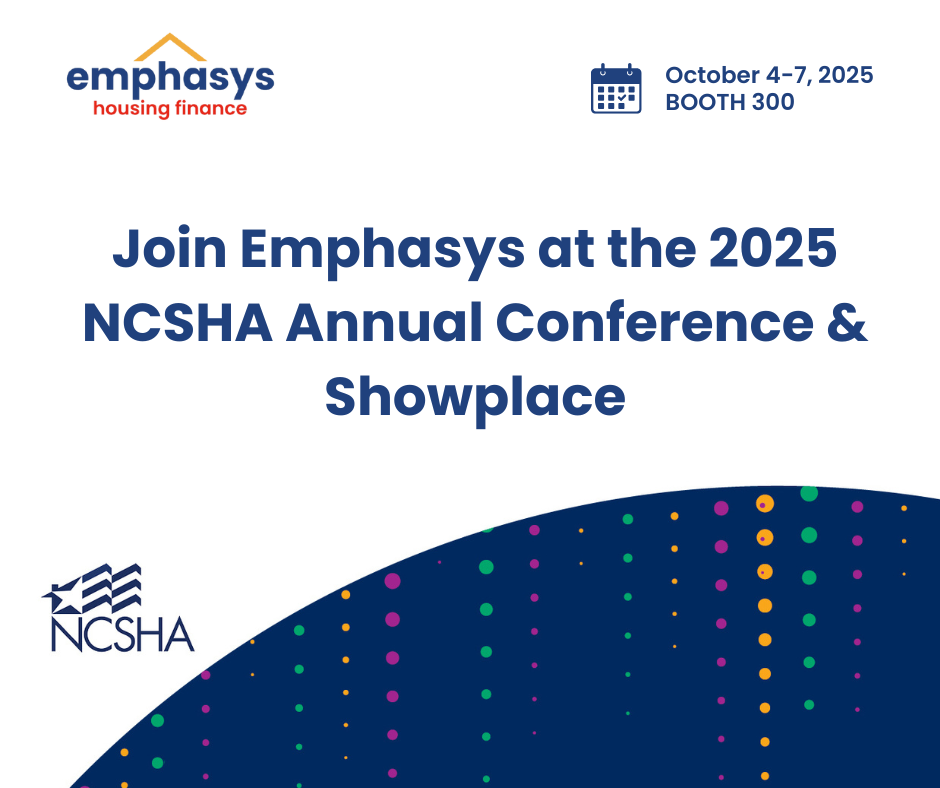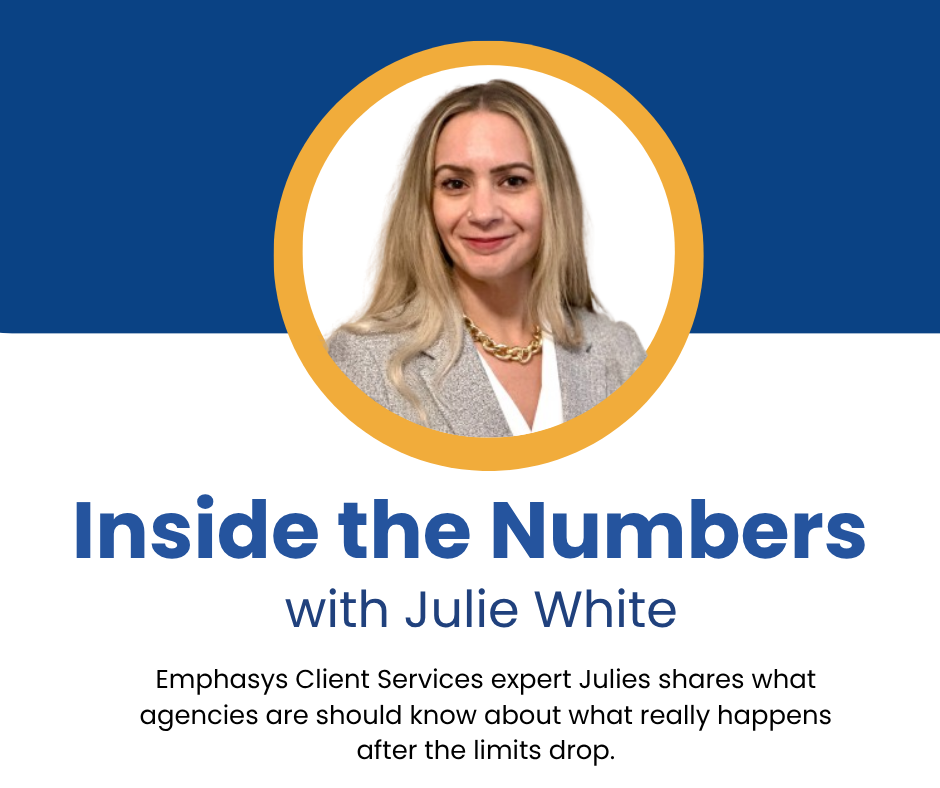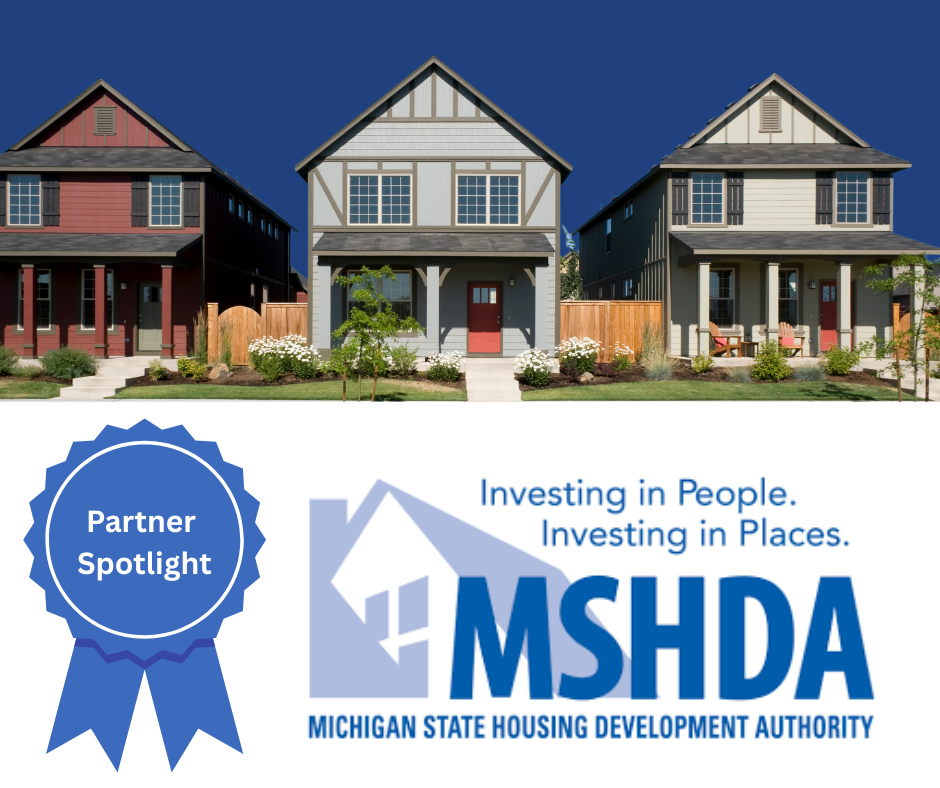Artificial Intelligence Enters Housing: What Agencies Need to Know
As artificial intelligence enters housing and begins to influence operations, agencies must navigate its potential benefits and pitfalls. Across industries, governments are exploring how AI can streamline services, identify risks, and reduce administrative burdens—and housing is no exception.
In early 2024, the Housing Authority of New Haven began piloting an AI-powered platform to streamline voucher applications. According to reporting from the Yale Daily News, the tool flags incomplete submissions and helps staff prioritize applications that are ready for review. It’s not evaluating eligibility, or making decisions—it’s surfacing gaps and filtering intake for faster processing. This kind of back-office augmentation may be a sign of what’s to come.
But while the potential is promising, AI’s entrance into housing raises serious questions. What happens when software, not staff, begins to influence eligibility pipelines or enforcement? What biases might be built into the models? And how do agencies ensure the public maintains trust in the systems guiding their housing future?
What’s Actually Being Used Today?
While some vendors may imply broad adoption, AI in affordable housing is still in early stages. The most common applications fall into a few key areas:
- Document Triage & Intake Assistance: AI tools are helping teams scan submissions for missing forms, inconsistent data, or potential flags. These systems don’t replace staff—they help streamline routing.
- Predictive Maintenance (Mostly in PHA Contexts): Some large PHAs are experimenting with machine learning to predict when a unit or building is likely to need repair based on historical data.
- Inspection Prioritization: Models are being tested to help determine which properties might warrant earlier inspection, using patterns in complaints, weather exposure, or prior findings.
The Regulatory Landscape: Scrutiny Is Already Here
AI is not operating in a vacuum—nor is it exempt from federal oversight. Its use in housing is already attracting attention from agencies like HUD and research institutions like the Urban Institute, each raising flags about how automation could reinforce long-standing inequities if left unchecked.
In May 2024, HUD issued a public warning about the use of AI in tenant screening and advertising, emphasizing that reliance on algorithms does not absolve housing providers from compliance with the Fair Housing Act.
The concern: AI tools trained on historical data may replicate biases and produce discriminatory outcomes, especially when their decision-making logic is not transparent. As HUD made clear, accountability remains with the agency—not Artificial Intelligence.
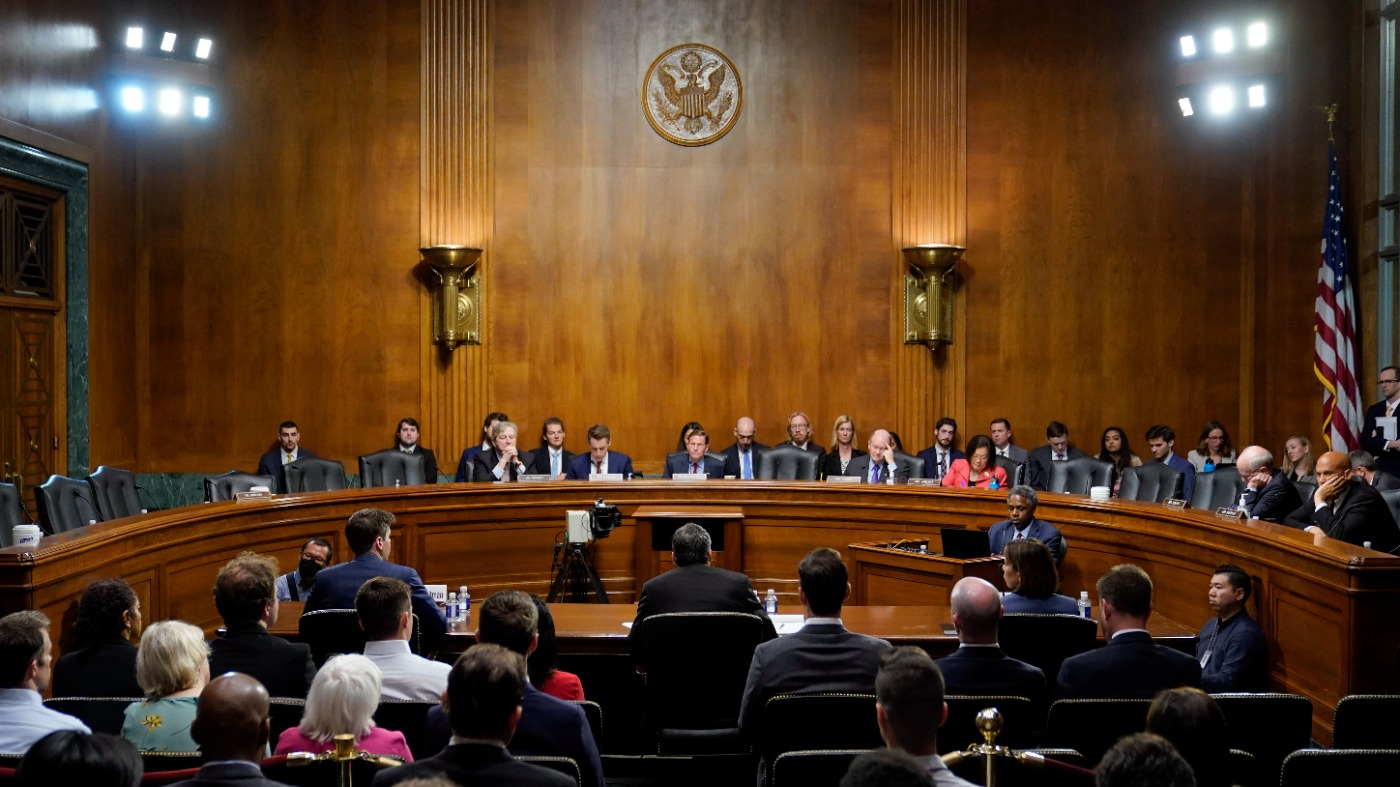
That same month, researchers from the Urban Institute testified before Congress, highlighting both the promise and the peril of AI in housing contexts. They noted that while AI can potentially enhance fairness and efficiency, it also carries the risk of encoding systemic bias unless it is implemented with strong safeguards. Their recommendations centered on governance: transparency, bias detection protocols, and clear oversight structures.
The most urgent takeaway for agencies? Tools that make decisions without explainable logic—so-called “black box” systems—pose a real threat to accountability. If staff can’t explain why a system flagged a tenant, denied an application, or triggered a workflow, trust is undermined. Oversight becomes impossible. And compliance risk increases.
A Word on Readiness
AI adoption begins not with technology, but with infrastructure. Agencies that have already centralized documentation, standardized compliance processes, and digitized their workflows are significantly more prepared to explore intelligent tools. But readiness also means asking the right questions.
What is the actual problem we’re trying to solve?
Do we have the infrastructure in place to use AI responsibly?
Transparency is another key consideration. Tools that influence eligibility or program outcomes must operate with clear, auditable logic. Anything less undermines trust and accountability.
AI’s role in housing will continue to expand—quietly at first, then quickly. Readiness isn’t about adoption. It’s about preparation, agencies well-positioned to evaluate or pilot AI are typically already using structured, digital systems to manage tasks, documentation, and compliance across departments.
So….What Comes Next?
For housing agencies navigating tightening budgets, shifting regulations, and growing workloads, intelligent systems may soon be part of the operating landscape—whether through funding workflows, inspections, tenant communications, or compliance tracking.
As adoption evolves, so too must the questions agencies ask: Where does AI serve us? What oversight is needed? And how do we keep mission and equity at the center of every decision? AI may be a new tool, but the work—housing people, equitably and responsibly—remains the same.
At Emphasys, we’re committed to helping agencies build those foundations first. As AI capabilities evolve, our role remains the same: to be a reliable partner in strengthening the systems that housing programs depend on.
Explore More
If your agency is thinking about how to build the right digital foundation or explore automation safely, contact us at hfa-sales@emphasys-software.com.
